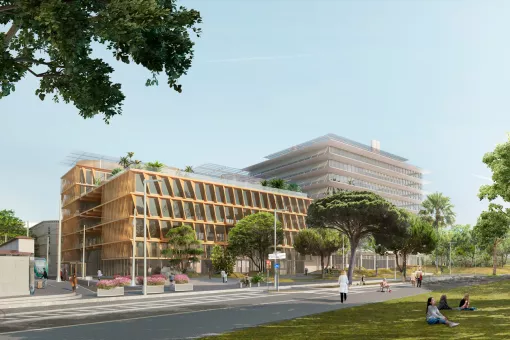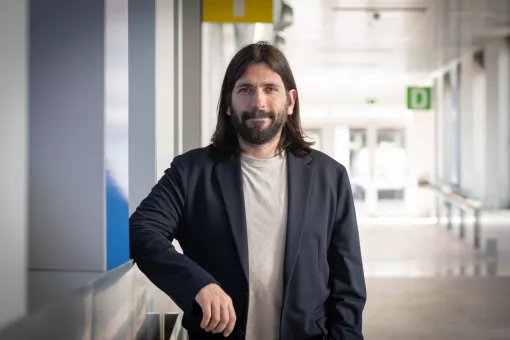Images
Epilepsy, cancer, diabetes and depression are just some examples of the severe diseases associated with mutations in these proteins.
The European Union, as part of its 7th Framework Programme, has approved the EDICT (European Drug Initiative on Channels and Transporters) project, which has been awarded funding amounting to 11 million euros for the next four years. Involving a network of 28 groups specialized in membrane proteins, EDICT seeks to attain structural information at the atomic level in order to improve our understanding of their functions and interactions with other proteins at the molecular level. These proteins, located in cell membranes, perform key tasks for the correct function of the cell, thereby facilitating the exchange of substances through membranes. The final objective of EDICT is to facilitate the development of drugs for the treatment of a wide range of human diseases related to these membrane proteins, such as epilepsy, hypertension, osteoporosis, obesity, diabetes, depression and some types of cancer.
Manuel Palacín: "More than 50% of the proteins that are currently therapeutic targets are proteins associated with the cell membrane. Therefore, solving their atomic structures is of enormous interest for the treatment of diseases”.
Manuel Palacín, head of the Heterogenic and Polygenic Disease Group at IRB Barcelona, is the only Spanish scientist in the EDICT project. His team has leading expertise in the HAT protein transporter family, which is associated, for example, with defects in the renal absorption of amino acids, infection by the Kaposi sarcoma virus and some types of cancer. “You must bear in mind that more than 50% of the proteins that are currently therapeutic targets are proteins associated with the cell membrane. Therefore, solving their atomic structures is of enormous interest for the treatment of diseases”, explains Palacín.
Difficult proteins to crystalize
Solving the 3D and 2D structures, which will provide more detailed information about the proteins, is the basis for the design of future pharmacological agents. However, the lack of structural information on international databases is alarming: these details are available for only 100 membrane proteins while details of thousands of other proteins, which are soluble, are at hand. The problem encountered with membrane proteins is that, because of their nature, crystallization is extremely complex and can be addressed only by highly specialized techniques. Palacín goes on to explain that at present the technology available to study soluble proteins is advanced while for membrane proteins there is much “art and assay”. EDICT seeks to address, in part, this lack of “standardization”.
Fulfillment of this objective requires the collaboration of many groups, which, in turn, are specialized in several fields: molecular biologists, crystallographers and bioinformaticians will be working together. Palacín explains that, “each molecular biology group will provide their know-how on the proteins they are working on, and together with crystallographers and bioinformaticians, we will solve their structures”. Palacín will also be supported by collaboration from the researcher, Ignasi Fita, a specialist in X-ray crystallography who works in the Structural and Computational Programme : at IRB Barcelona.
Two Nobel Prize Winners in the project
The EDICT Project includes the participation of two Nobel Prize winners, Hartmut Michel, who received this award in 1988 for determining the 3D structure of a photosynthetic reaction centre and John Walter, awarded this Prize in 1997 for the discovery of the enzymatic mechanism behind the synthesis of adenosine triphosphate (ATP), the universal energy transporter in cells. In addition, two pharmaceutical companies also figure among the 28 groups, thereby strengthening the final aim of the project: translating knowhow to clinical applications.
About IRB Barcelona
The Institute for Research in Biomedicine (IRB Barcelona) pursues a society free of disease. To this end, it conducts multidisciplinary research of excellence to cure cancer and other diseases linked to ageing. It establishes technology transfer agreements with the pharmaceutical industry and major hospitals to bring research results closer to society, and organises a range of science outreach activities to engage the public in an open dialogue. IRB Barcelona is an international centre that hosts 400 researchers and more than 30 nationalities. Recognised as a Severo Ochoa Centre of Excellence since 2011, IRB Barcelona is a CERCA centre and member of the Barcelona Institute of Science and Technology (BIST).





